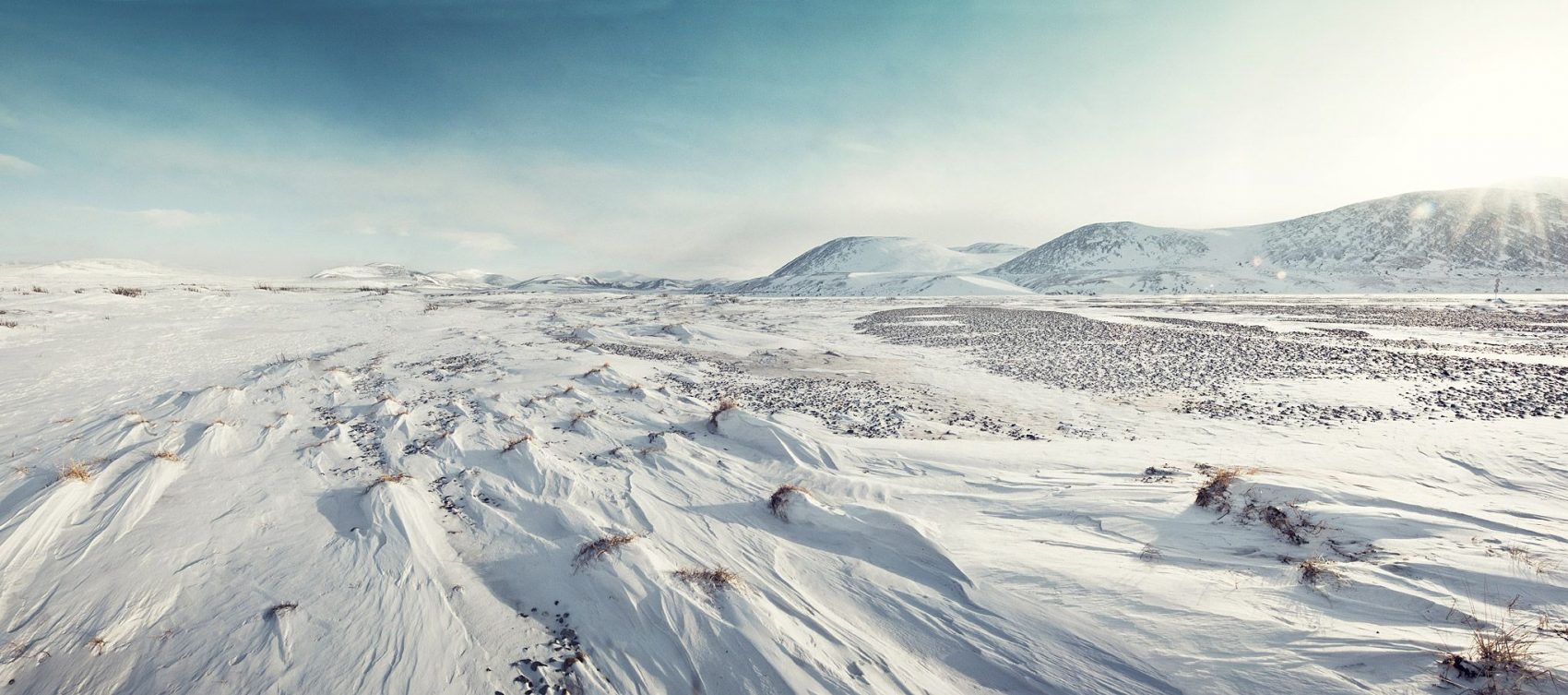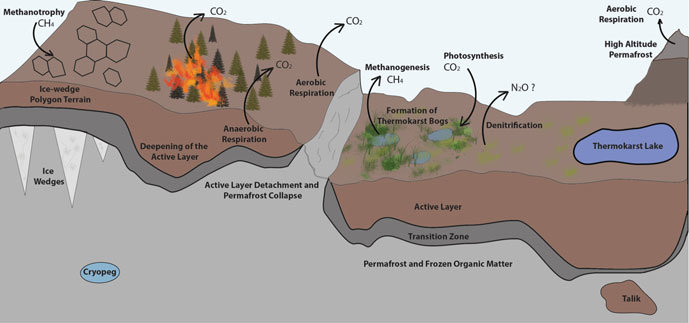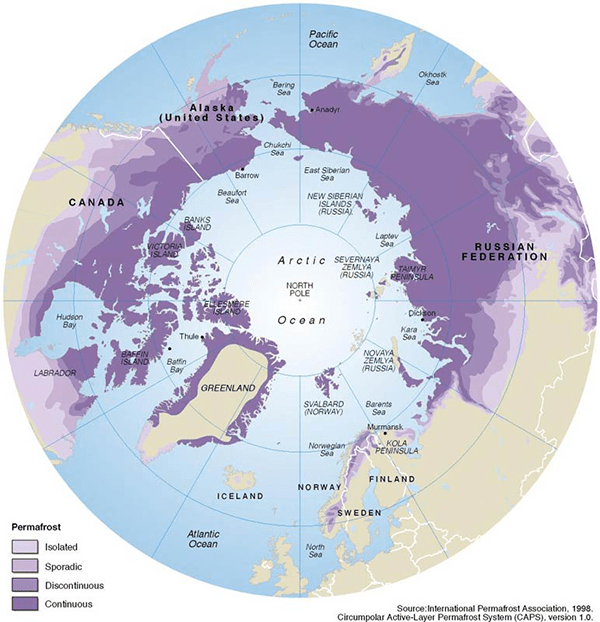
In the middle of a global pandemic, what else could possibly go wrong? Well, another pandemic. Except this new one could be triggered by bacteria revived from thawing permafrost in the Arctic.
Wait back up, is this for real? Sadly yes. During a major skillshare meeting last November in Hannover, Germany, scientists discussed the threat of microbes revived by the thawing of the permafrost.

Permafrost is any earth material that has been at or below 32 degrees Fahrenheit for two or more years. The Earth material could be anything, soil, sand gravel, etc. but scientists tend not to include sea ice or glacier ice when referring to permafrost.
When permafrost thaws, which is already happening in many areas, it releases reserves of CO2 and methane, and it allows microorganisms to revive. While the permafrost has only recently started to melt, in the past 10-20 years, rising temperatures are increasing the depth of the active layer. Rising temperatures have started this process which will likely accelerate over time.
In June of this year, Siberia reached a record high temperature of 100.4 degrees Fahrenheit, the hottest temperature ever recorded in the Arctic. Additionally, because of the high temps, fires are burning in Siberia releasing carbon dioxide and further warming the globe.

As the permafrost thaws, it allows microorganisms to come back to life and make their way up to the active layer. The idea that bacteria can survive frozen for a long time is widely accepted, the question now is just how long? To test this, scientists retrieve the frozen bacteria and infect amoeba to determine whether the bacteria still functions. They haven’t quite been able to revive bacteria up to 30,000 years old yet but that may happen in the future.
So, it’s possible for ancient, frozen bacteria to revive, all they need is a host. While the arctic is remote, there is a lot more human and animal activity in the area raising the possibility that they could become hosts to bacteria released from the melting permafrost. In 2016, there was an outbreak of Anthrax in Siberia which killed thousands of reindeer and also spread to humans.
While some scientists at the meeting in Germany downplayed the likelihood of another pandemic caused by frozen bacteria, others weren’t quite ready to dismiss the threat. The two possible viruses that could emerge from the Arctic at this point are Anthrax and Smallpox. While it’s true there aren’t many humans in the Arctic to serve as hosts and they tend to stay isolated, there are animals, and activity in the Arctic is only increasing. Animals are migrating north increasing the likelihood that they could subsequently become hosts for bacteria emerging from the permafrost. While it is still unclear how likely an outbreak of this nature is, the threat is real and scientists are working hard to study this possibility.